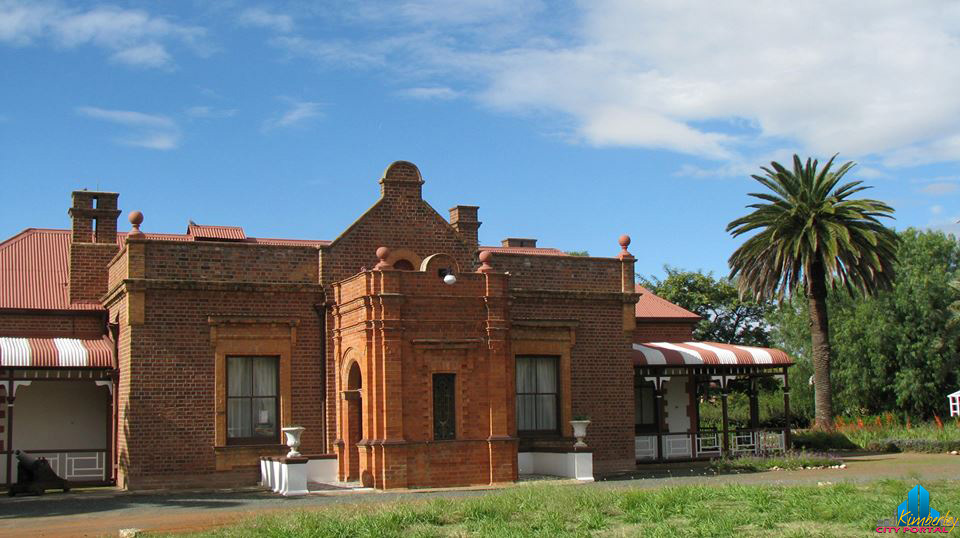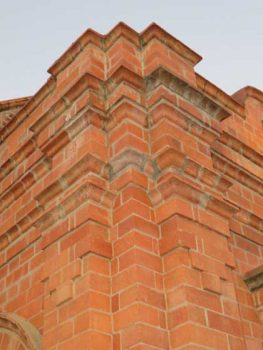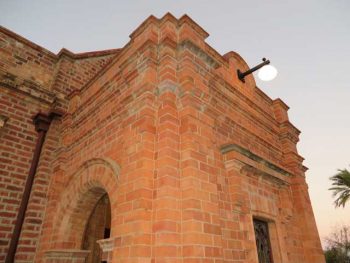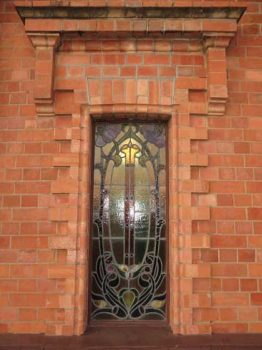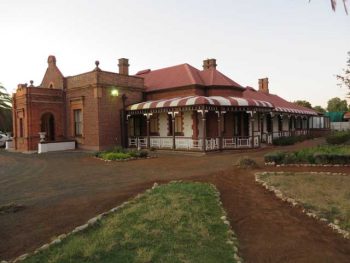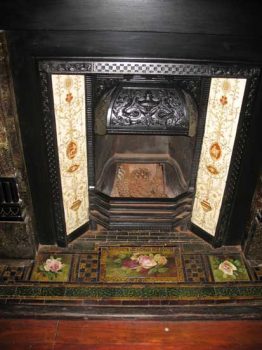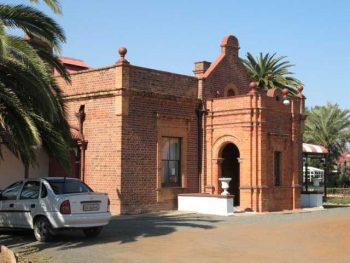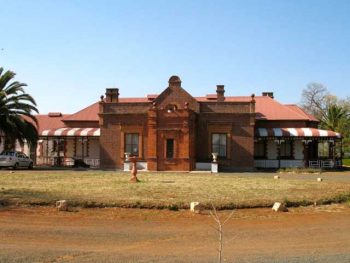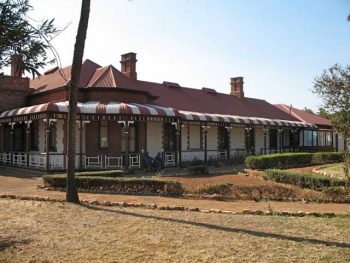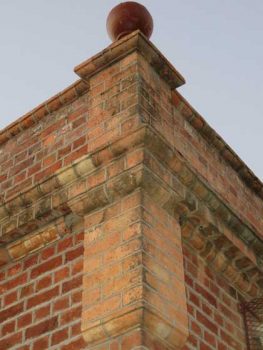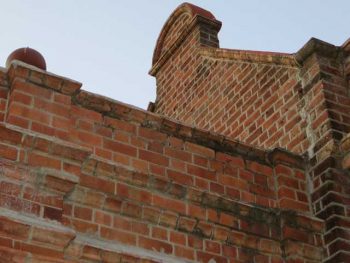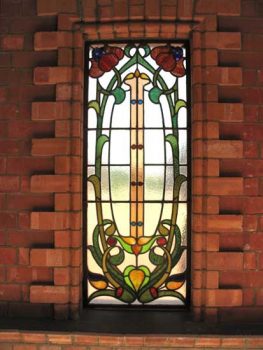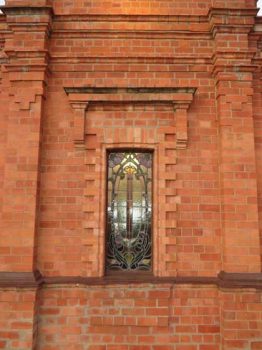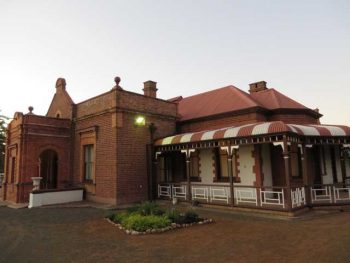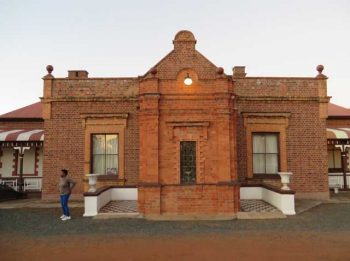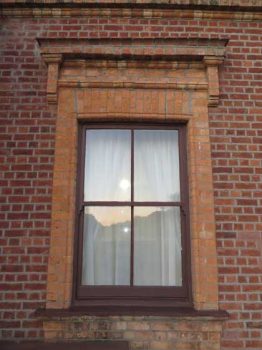Date: Saturday, Read more [...]
-
The Duggan-Cronin Gallery is a photographic museum displaying the photographs of Alfred Duggan-Cronin, Aubrey Elliot, Jean Morris and Alice Mertens.
This collection has been described as the most significant collection of Southern African ethnographic photography in the world.The fascinating story of Alfred Duggan-Cronin and his photographs is one of a Kimberley mine compound guard who bought a cheap box camera and became a South African photographic legend. The Irishman, with his assistant Richard Madela by his side, travelled the length and breadth of the country photographing the lives of indigenous people for 50 years and the Thandabantu exhibition is just a fraction of his collection. Duggan-Cronin’s photographs are priceless records of traditional settings and a timeless record of a distant, more romantic, era in Southern Africa.
Entry Fee:
By Donation
From The McGregor Museum 10 February 2019
The Duggan-Cronin Gallery, which is a satellite of the McGregor Museum, houses in part the legacy in photographs and collected ethnographic artefacts of the photographer Alfred Martin Duggan-Cronin (1874-1954). It occupies a former dwelling known as The Lodge. Built in 1889, to a design by the architect Sydney Stent, The Lodge was the residence of John Blades Currey, manager of the London & S.A. Exploration Co. In 1899 De Beers Consolidated Mines Ltd acquired the extensive property of the London & S.A. Exploration Co, including The Lodge, which continued to be used as a residence.
In the late 1930s De Beers made The Lodge available to Alfred Martin Duggan-Cronin to establish what he called the ‘Bantu Gallery’ (the name regarded as progressive at the time). Exhibits were arranged by tribe in the various rooms of the house. These were re-arranged in the 1980s to incorporate a more strongly historical and critical narrative, which included the anti-apartheid struggle and incorporated work by artist Rocky Mafafo. More concerted work on the Duggan-Cronin collections resulted in a much more substantial display reconfiguration in the early 2000s.
From ArteFacts.co.za • The Lodge – now the Duggan Cronin Gallery
Date: 1888
Client: John Blades-Currey
Type: Homestead
Status: ExtantThe house was built for John Blades-Currey, manager of the London & South African Exploration Company. It was taken over by De Beers Consolidated Mines and used as a guest house. Soon after it was fortified during the Siege of Kimberley. In 1937 it was donated to the McGregor Museum as an ethnographic museum to house the collection of photographs taken by AM Duggan-Cronin who had come to Kimberley in 1897 working for De Beers. It is now part of the McGregor Museum, a Provincial Heritage Resource of Northern Cape since 1999.
Notice on the wall of the Museum
“The Lodge” Egerton Road was designed by the architect Sydney Stent in 1889 for the London and South African Exploration Company as the private residence of their manager, John Blades Curry who lived here until 1899. In that year “The Lodge” was taken over by the De Beers Consolidated Mines Ltd along with the other properties of L and SA Exploration Co. and from 1901 to 1933 was occupied by William Pickering, a Secretary and later Director of De Beers. On his death his widow vacated “The Lodge” which was then used by De Beers for social functions and also as a guest house.
When Mr Duggan-Cronin presented his framed photographs to the city of Kimberley, and deeded the rest of his photographic material to the Mc Gregor Museum, De Beers generously made “The Lodge” available for exhibiting the collection. In 1938 it was officially opened as the Duggan-Cronin Bantu Gallery with Mr Cronin as first curator in an honorary capacity.
Although a separate building the Gallery falls under the management of the Trustees of the Mc Gregor Museum, who were able to renovate and alter it for Museum purposes in 1994-5, under the direction of D.W.B Yuill of Goldblatt, Yuill and partners.
On the Strength of its historical associations, and architectural features, it was proclaimed a National Monument on 17 August 1984 (Government Notice no 1758).
All truncated references not fully cited below are those of Joanna Walker’s original text and cited in full in the ‘Bibliography’ entry of the Lexicon.
Writings about this entry
Bawcombe, Philip & Scannell, Ted. 1976. Philip Bawcombe’s Kimberley. Johannesburg: Village Publishing. pg 102-103
Picton-Seymour, Désirée. 1989. Historical Buildings in South Africa. Cape Town: Struikhof Publishers. pg 96
Richardson, Deidré. 2001. Historic Sites of South Africa. Cape Town: Struik Publishers. pg 55
Yuill, David William. 1984. The architecture of Kimberley 1871-1914. Johannesburg: Thesis (Masters), University of Witwatersrand. pg 156-158- Corner detail – Photographer Roger Fisher – 2014
- Corner of entrance porch – Photographer Roger Fisher – 2014
- Detail of window and surround o stained glass window in the entrance porch – Photographer Roger Fisher – 2014
- Distant view from south – Photographer Roger Fisher – 2014
- Fireplace – Photographer Sarah Welham
- Entrance – Photographer: Sarah Welham
- Front facade – Photographer: Sarah Welham
- Oblique view of side -Photographer: Sarah Welham
- Corner detail – Photographer Roger Fisher – 2014
- Parapet wall and gable – Photographer Roger Fisher – 2014
- Stained glass window – Photographer: Sarah Welham
- Stained glass window in the entrance porch – Photographer Roger Fisher – 2014
- View of entrance from the South – Photographer Roger Fisher – 2014
- Entrance – Photographer Roger Fisher – 2014
- Window to right of entrance porch – Photographer Roger Fisher – 2014
Shortlink for this post: https://www.kimberley.co.za/?p=254
-
Phone: +27 53 839 2700Alt Phone 1: +27 53 839 2775Alt Phone 2: +27 53 839 2717Admin Mail:Delivery: Yes100% Local: -Premium Company: -Service Excellence Promise: -Local Grading: -
-
-
-
View all events in "Duggan-Cronin Gallery"
-
-
Market @ Duggan-Cronin Gallery
Date: Saturday, 20 Oc Read more [...]
-
-
-
Exhibition Opening @ Duggan-Cronin Gallery
The McGregor M Read more [...]
-


